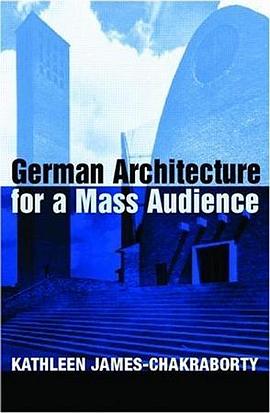

Using a social approach to explain the formal aspects of early twentieth-century architecture, this book demonstrates that the move away from historical styles and towards an engagement with space was predicted in part by a shift in the public for architecture. By the 1910s German architects and their patrons addressed the working and lower middle classes in buildings which they hoped would, by being experienced in the same way regardless of social station, help transcend the countries deep political divisions. divisions. The author vividly illustrates the ways in which buildings designed by many of Germany's most celebrated twentieth-century architects, such as Max Berg, Bruno Taut, Peter Behrens, Otto Bartning, Dominikus Bohm, Heinrich Tessenow, Albert Speer, Hans Henslemann and Hans Scharoun were embedded in widely held beliefs about the power of architecture to influence society. Shared by architects and patrons across the political spectrum, these ideas inspired their attempts literally to build community.</P>
具体描述
读后感
评分
评分
评分
评分
用户评价
Get into the argument mainly with several case studies. Plus interesting perceptions here and there in chapters
评分好
评分写论文的时候翻阅过,重点看了Taut及Expressionist的一派。
评分Get into the argument mainly with several case studies. Plus interesting perceptions here and there in chapters
评分a little bit exaggerate but still has some interesting ideas
相关图书
本站所有内容均为互联网搜索引擎提供的公开搜索信息,本站不存储任何数据与内容,任何内容与数据均与本站无关,如有需要请联系相关搜索引擎包括但不限于百度,google,bing,sogou 等
© 2025 book.wenda123.org All Rights Reserved. 图书目录大全 版权所有




















